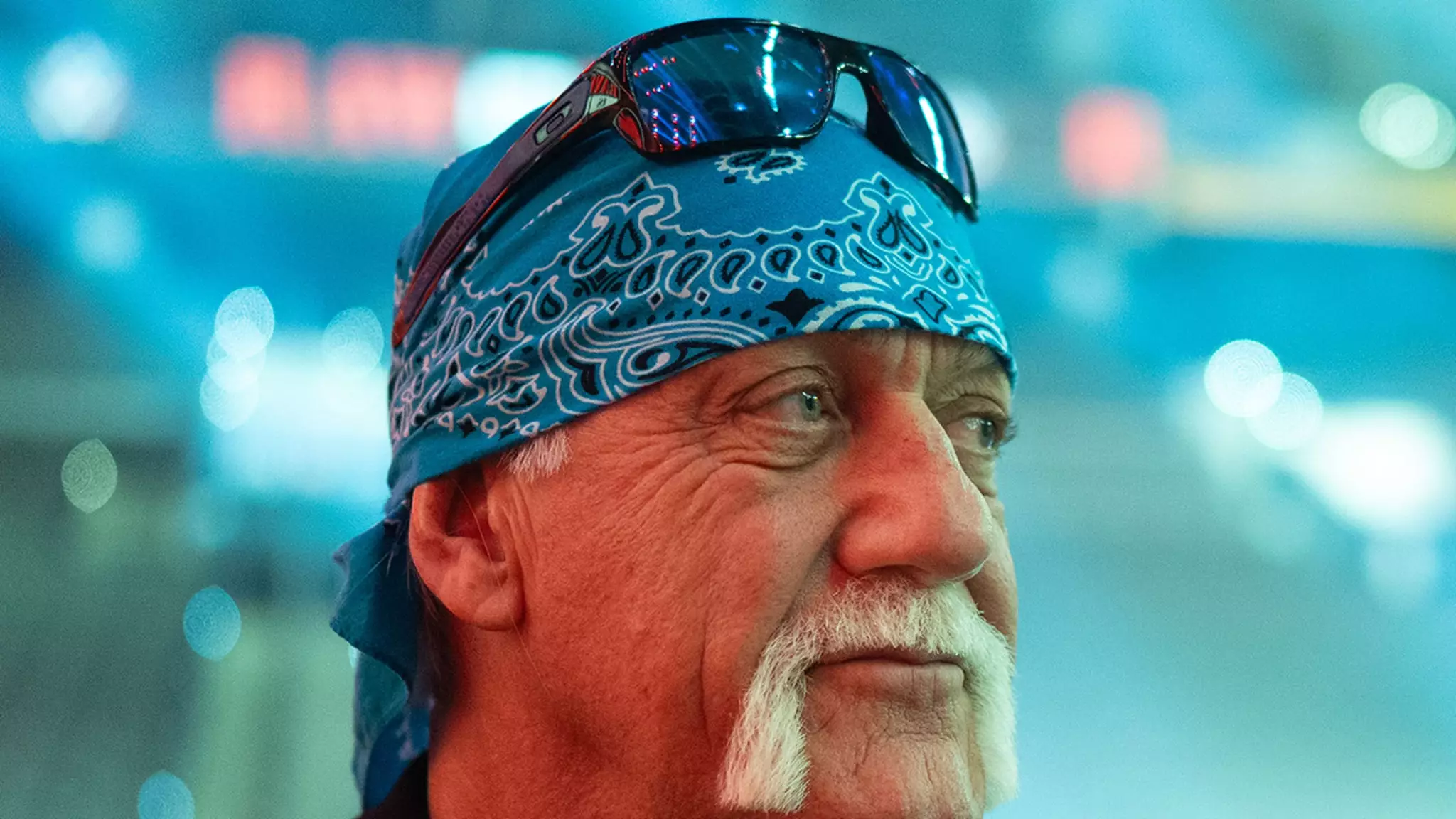The sudden demise of a beloved icon like Hulk Hogan sparks not only grief but also deep questions about the circumstances leading up to his death. While initial reports often attribute such tragedies to natural causes, a closer look suggests that internal factors, possibly medical malpractice, could have played a decisive role. The ongoing investigation reveals a web of details that challenge the surface narrative, raising concerns about healthcare accountability and the devastating impact of medical errors on lives of public figures and ordinary individuals alike.
In this case, key pieces of information point to a troubling possibility: that Hogan’s death might have been precipitated, or at least exacerbated, by malpractice during recent medical procedures. The presence of an occupational therapist at the scene who reportedly told responding officers that Hogan was a victim of malpractice opens a window into the potentially grave implications of surgical oversight. These claims, combined with reports of a compromised phrenic nerve—integral to breathing—during surgery, suggest a preventable tragedy rather than an unavoidable medical event.
What makes this situation particularly troubling is the suggestion that the severing of the phrenic nerve could have resulted in Hogan’s inability to breathe naturally. This nerve, responsible for stimulating the diaphragm, is crucial for respiration. If it was indeed severed during a recent operation, whether on his heart or neck, it raises profound questions about the surgical procedure’s safety and the vigilance exercised by medical providers. The fact that Hogan’s collapse and subsequent death did not involve a typical chest episode but rather a cessation of breathing supports the hypothesis that nerve damage—possibly due to surgical error—was a critical factor.
Accountability and Medical Ethics at a Crossroads
This tragedy underscores a troubling reality about the healthcare system: that errors and malpractice can have irreversible consequences. The internal conversations among officers, reportedly recorded on body cameras, hint at the gravity of the claims being made by the occupational therapist. If verified, this could set a dangerous precedent that medical negligence went unnoticed or unaddressed, leading to irreversible outcomes.
It’s also notable that Hogan’s wife, Sky, refrained from revealing the autopsy results, fueling speculation and uncertainty. The fact that Hogan’s body had not yet been cremated at the time of reporting leaves room for further inquiry, such as whether the autopsy might uncover evidence pointing toward malpractice or other underlying health issues. The delayed disclosure emphasizes the importance of transparency during health crises involving public figures, as well as the need for rigorous investigations that leave no stone unturned.
Brooke Hogan’s call for an autopsy signals a demand for clarity, justice, and accountability. Her insistence on a detailed examination of her father’s remains highlights a crucial principle: that accountability for medical errors must be pursued vigorously to prevent future tragedies. If proven, this case could serve as a stark reminder of the importance of scrutinizing surgical practices and enforcing strict standards to protect patients.
The Broader Issue of Medical Oversight and Public Trust
This incident raises broader questions about the systemic vulnerabilities in healthcare that allow malpractice to sometimes go unchecked. Public trust hinges on the belief that medical practitioners prioritize patient safety above all else. When that trust is broken—whether through negligence, oversight, or malpractice—the repercussions extend beyond individuals; they erode faith in the entire medical system.
The situation also underscores the importance of post-operative monitoring and the necessity of transparency when complications arise. If the claims made by the occupational therapist are substantiated, it indicates a failure to adhere to the highest standards of care, which should include immediate recognition and correction of nerve damage and other intraoperative injuries.
Ultimately, this case beckons society to confront the uncomfortable reality that even in reputable healthcare settings, errors can be catastrophic. The pursuit of justice for Hulk Hogan is more than about one man’s tragic fate; it’s a call for systemic reform and a reaffirmation that medical accountability must be unwavering. Only through rigorous investigations, transparency, and a zero-tolerance stance towards negligence can we hope to prevent similar tragedies in the future and restore trust in a system that should first and foremost serve to protect lives.

